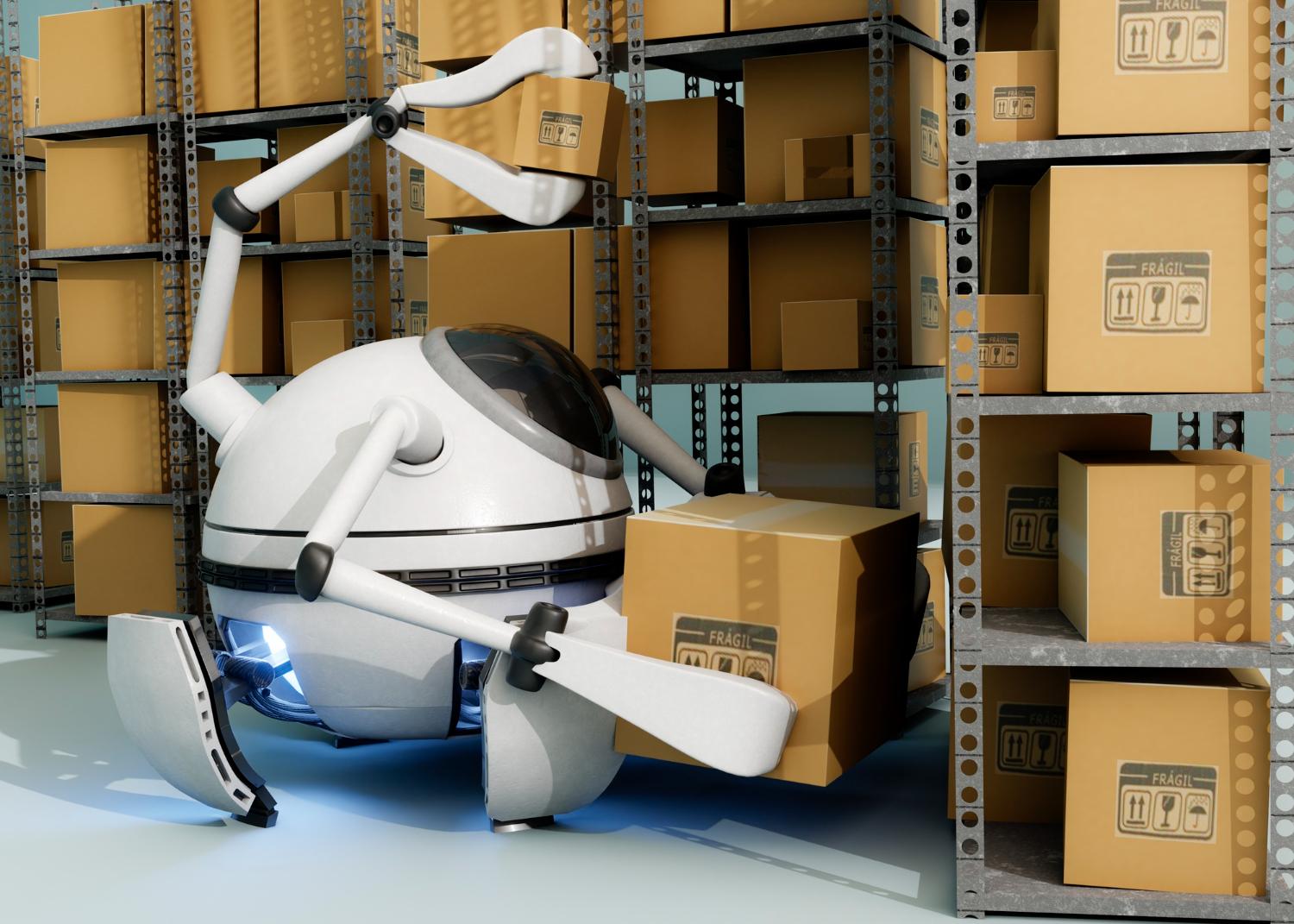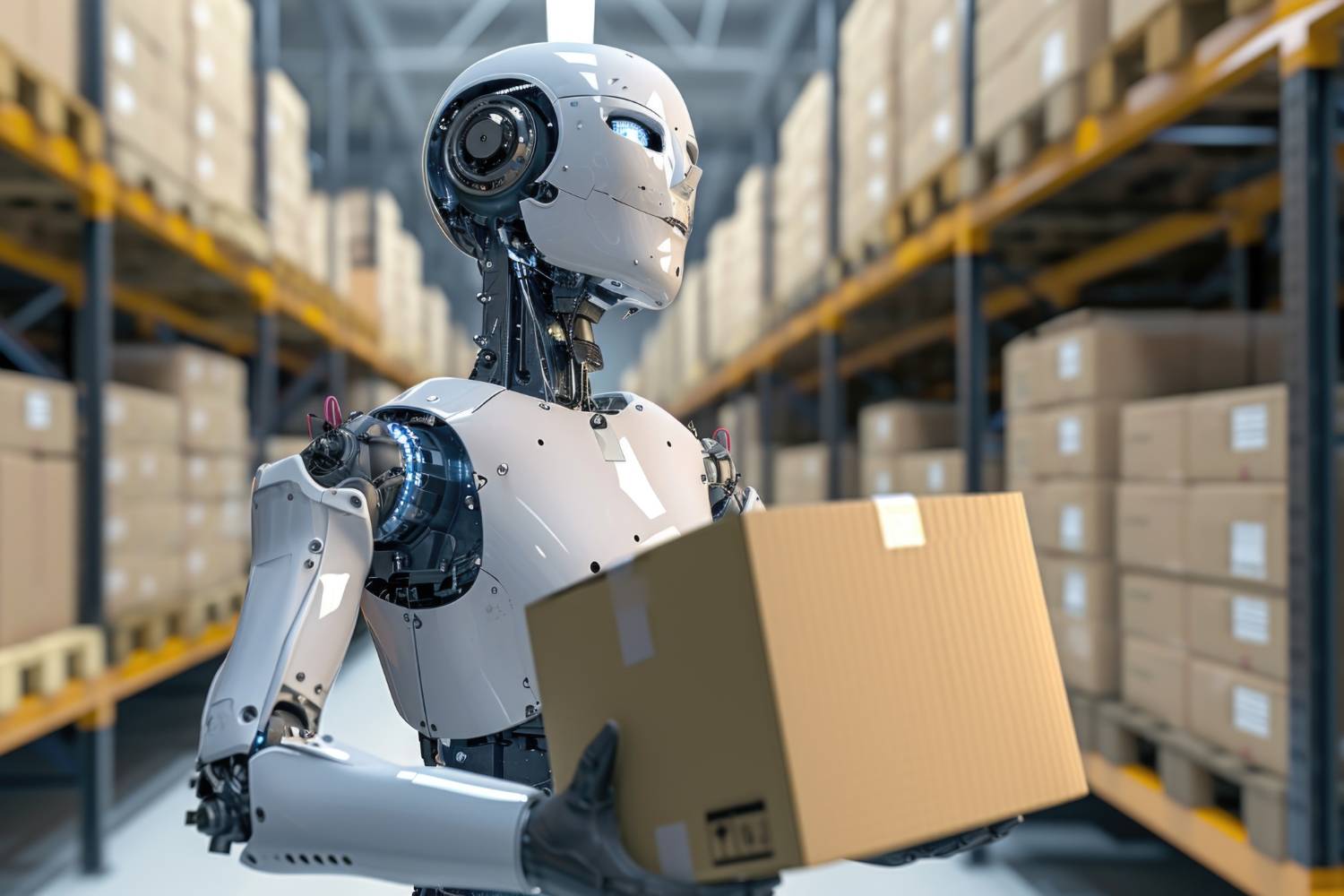Automation becomes a key factor in the competitiveness of enterprises in the conditions of accelerated development of technology. The introduction of Humanoid Robot and specialized robots with artificial intelligence elements opens up new opportunities to increase efficiency, reduce costs and provide high quality products.
1. Why exactly AI robots?
Classical industrial robots have long proved their effectiveness in serial production. However, AI Robot offer the following advantages:
- Flexibility of operations. The ability to adapt to a change in conditions, reconfigure to a new task without long downtime.
- Self -learning. The use of machine learning methods to optimize work in real time.
- Intellectual interaction. The possibility of processing unstructured data and making decisions based on the analysis of large arrays of information.
- Reducing the human factor. Minimization of errors associated with the fatigue or inattention of operators.
2. The role of humanoids in industry
One of the most interesting directions is the use of humanoid robots. Optimus Robot is just one example demonstrating the potential of this class of machines:
- Repeating tasks: shifting parts, loading operations, quality control.
- Interaction with people: training new employees, escorting excursions, assistance in assembling complex nodes.
- Mobility: moving around the plant without the need to lay special guides.
3. Key areas of application
Using AI robots allows you to optimize processes in various industries:
3.1 mechanical engineering
- Drilling, milling and grinding of products with high accuracy.
- Assembly of complex structures with automatic control of geometry.
- Monitoring of the condition of the tools and forecasting wear.
3.2 Electronics and microelectronics
- Robotized installation of printed circuit boards with a high speed components.
- Visual rational control, detection of defects in the early stages.
- Subtle manipulation of small details when assembling microcircuits.
3.3 Logistics and warehouse operations
- Autonomous mobile robots for moving pallets and containers.
- Organization of intellectual routes taking into account the workload of passages.
- The system of predictive planning based on data on the volume of receipts and shipments.
4. Technical basis and architecture of AI robots
The main components of the modern industrial Humanoid Robot with artificial intelligence:
- Sensors and sensory: High -definition chambers, lidars, strength sensors and pressure for precise control of processes.
- Real time systems: Low -residential controllers and programmable logical controllers (PLC) with advanced capabilities.
- Cloud and local calculations: A hybrid approach to data processing and teaching neural networks.
- Machine learning algorithms: From classical methods of regression to deep neural networks for recognition of images and forecasting.
- Interaction interfaces: Voice assistants, brutal management and intuitive GUI for configuration and control.
5. Advantages and expected effect

- Increased performance by 20-50%. Automation of repeated and laborious operations allows people to focus on more creative tasks.
- Reducing defects by 30–70%. High -precision positioning and constant monitoring of the process parameters provide stable production of products.
- Flexibility of production. Fast reorganization to new samples and models without significant investments.
- Reducing the costs of labor resources. Less hours of operators, fewer errors, less downtime due to the human factor.
6. The main challenges during implementation
Despite all the advantages, AI Robot integration into production processes is associated with a number of difficulties:
- High initial investment. The cost of equipment, personnel software and training may vary significantly depending on the scale of the project.
- Safety. The need to build reliable systems of protection against emergency situations and the discharge of unforeseen loads.
- Integration into the existing infrastructure. Compatibility with old machines and controllers, the need for additional adapters and converters.
- Change management. The culture of the enterprise should change so that employees independently participate in improving the processes.
7. Practical recommendations for the implementation
For the successful integration of Optimus Robot and other AI systems, several stages should be observed:
- Analysis of current processes. To identify “narrow places” and determine the tasks where automation will give the maximum effect.
- Pilot launch. Organize a small experimental site to test the algorithms and debug the robot interaction with operators.
- Staff training. Conduct trainings for engineers, adjusters and operators, explaining the advantages and features of new technologies.
- Constant monitoring. Introduce systems for collecting statistics and visualization of key performance indicators (KPI).
- Iterative improvement. Regularly update algorithms and expand functionality, study by mistakes and adapt to changing business conditions.
8. The future of automation with AI
Almost every industry industry is increasingly introducing decisions based on artificial intelligence. In the coming years, we will witness:
- Widespread Humanoid Robot in small and medium -sized enterprises.
- The development of intermasin interaction (M2M) with minimal human participation.
- The use of supplemented and virtual reality (AR/VR) for training and maintenance of robots.
- Creating an ecosystem of a smart plant, where each device exchange data in real time.
9. Conclusion
Optimization of production using AI robots is not a distant prospect, but a real tool to increase efficiency here and now. A comprehensive approach, including the analysis of the processes, the correct choice of the platform and continuous improvement will allow enterprises:
- Reduce costs,
- Increase the volume of release,
- Improve product quality,
- Adapt to the requirements of the market faster.
Thus, the introduction of Optimus Robot, AI Robot and Humanoid Robot opens new horizons in automation, smoothly moving from experimental projects to large -scale industrial solutions.
The future has already come - it's time to act!


